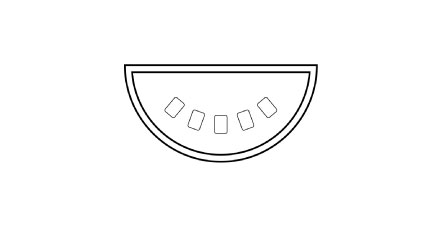
Finding The Right Table
Blackjack is the most popular table game on the casino due to its favourable odds and the ease with which even relative beginners can play. But it’s important to note that not all blackjack games are created equal. The truth is that the rules can change considerably between tables, and unless you’re aware of the exact rules before you sit down, you could be in for a shock.
A few seemingly harmless rule changes at a blackjack table can increase the casino’s edge from 0.5 percent, to 2 percent. Assuming that you understand basic blackjack strategy and consistently play your hand correctly, this seemingly small difference will have a significant impact on your return.
So, how do you know which tables are keepers are which are better skipped? Let’s take a look…
1. BLACKJACK PAYOUTS
The level of payout you receive when you are dealt a blackjack has the biggest impact on the house edge. Some tables will pay 3:2, which is the best payout you can expect, while others will pay just 6:5. Tables with 6:5 payouts increase the house edge by over 1.3 percent. Every blackjack table should clearly display the payout you’ll receive. If it’s not displayed then you should ask before you start to play.
2. THE DEALER STANDING OR HITTING ON SOFT 17
Another rule that can vary between tables is whether the dealer hits or stands on a ‘soft 17’. A soft 17 consists of an ace and a 6. The hand is soft because the ace can be valued as a score of either 1 or 11, so the dealer cannot go bust by hitting. If the dealer is permitted to hit on a soft 17, statistically speaking they will be able to achieve a higher average score. This will increase the house advantage by 0.2 percent.